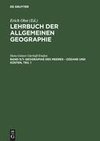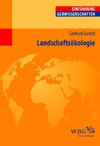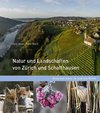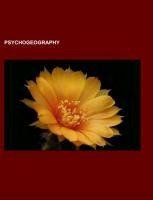
-
 Anglický jazyk
Anglický jazyk
Psychogeography
Autor: Source: Wikipedia
Source: Wikipedia. Pages: 32. Chapters: Association of Autonomous Astronauts, Badaud, Bricolage, Deep map, Dérive, Desire path, Détournement, Flâneur, Genius loci, Hypergraphy, Letterist International, Ley line, London Psychogeographical Association, Neogeography,... Viac o knihe
Na objednávku
15.21 €
bežná cena: 16.90 €
O knihe
Source: Wikipedia. Pages: 32. Chapters: Association of Autonomous Astronauts, Badaud, Bricolage, Deep map, Dérive, Desire path, Détournement, Flâneur, Genius loci, Hypergraphy, Letterist International, Ley line, London Psychogeographical Association, Neogeography, Nottingham Psychogeographical Unit, Providence Initiative for Psychogeographic Studies, Psy-Geo-Conflux, Sense of place, SFZero, Space in landscape design, Spatialization, Spirit of place, The Workshop for Non-Linear Architecture, Unitary urbanism, Urban exploration, Wayfinding. Excerpt: Flâneur (pronounced: ), from the French noun flâneur, means"stroller", "lounger", "saunterer", "loafer". Flânerie refers to the act of strolling, with all of its accompanying associations. The flâneur was, first of all, a literary type from 19th century France, essential to any picture of the streets of Paris. It carried a set of rich associations: the man of leisure, the idler, the urban explorer, the connoisseur of the street. It was Walter Benjamin, drawing on the poetry of Charles Baudelaire, who made him the object of scholarly interest in the twentieth century, as an emblematic figure of urban, modern experience. Following Benjamin, the flâneur has become an important figure for scholars, artists and writers. Charles BaudelaireThe terms of flânerie date to the 16th or 17th century, denoting strolling, idling, often with the connotation of wasting time. But it was in the 19th century that a rich set of meanings and definitions surrounding the flâneur took shape. The flâneur was defined in a long article in Larousse's Grand dictionnaire universel du XIXe siècle (in the 8th volume, from 1872). It described the flâneur in ambivalent terms, equal parts curiosity and laziness and presented a taxonomy of flânerie-flâneurs of the boulevards, of parks, of the arcades, of cafés, mindless flâneurs and intelligent flâneurs. By then, the term had already developed a rich set of associations. Sainte-Beuve wrote that to flâner "is the very opposite of doing nothing." Honoré de Balzac described flânerie as "the gastronomy of the eye." Anaïs Bazin wrote that "the only, the true sovereign of Paris is the flâneur." Victor Fournel, in Ce qu'on voit dans les rues de Paris (What One Sees in the Streets of Paris, 1867), devoted a chapter to "the art of flânerie." For Fournel, there was nothing lazy in flânerie. It was, rather, a way of understanding the rich variety of the city landscape. It was a moving photograph ("un daguerréotype mobile et passioné") of urban experience. In the
- Vydavateľstvo: Books LLC, Reference Series
- Rok vydania: 2022
- Formát: Paperback
- Rozmer: 246 x 189 mm
- Jazyk: Anglický jazyk
- ISBN: 9781156792315
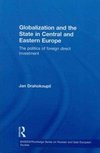
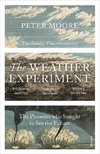


 Nemecký jazyk
Nemecký jazyk 



